Report this entry
More from the same community-collection
Geological Map of a Portion of West Texas
A geological map of a portion of West Texas based on U.S.G.S. ...
Map of El Paso's Domain circa 1905
Railroad facilities; mining areas of copper, gold, mercury, ...
Dividing Line between Mexico and the United States
Map of the dividing line between Mexico and the United States ...
El Paso Quadrangle, Texas (El Paso County)
Topography of El Paso County, Texas and the El Paso Quadrangle. ...
Bobcat "Horchata" at Hueco Tanks
As we wrap up our back country scouting around 5 pm, we spotted ...
El Paso (P-4) Sectional Aeronautical Chart
Published in April, 1941, this aeronautical map indicates the ...
Map of New Spain under the Viceroys
This map illustrates 1600's New Spain. Areas from New Mexico, ...
Map of the Republic of Texas and the Adjacent Territories
Map of the Republic of Texas and adjacent territories indicating ...
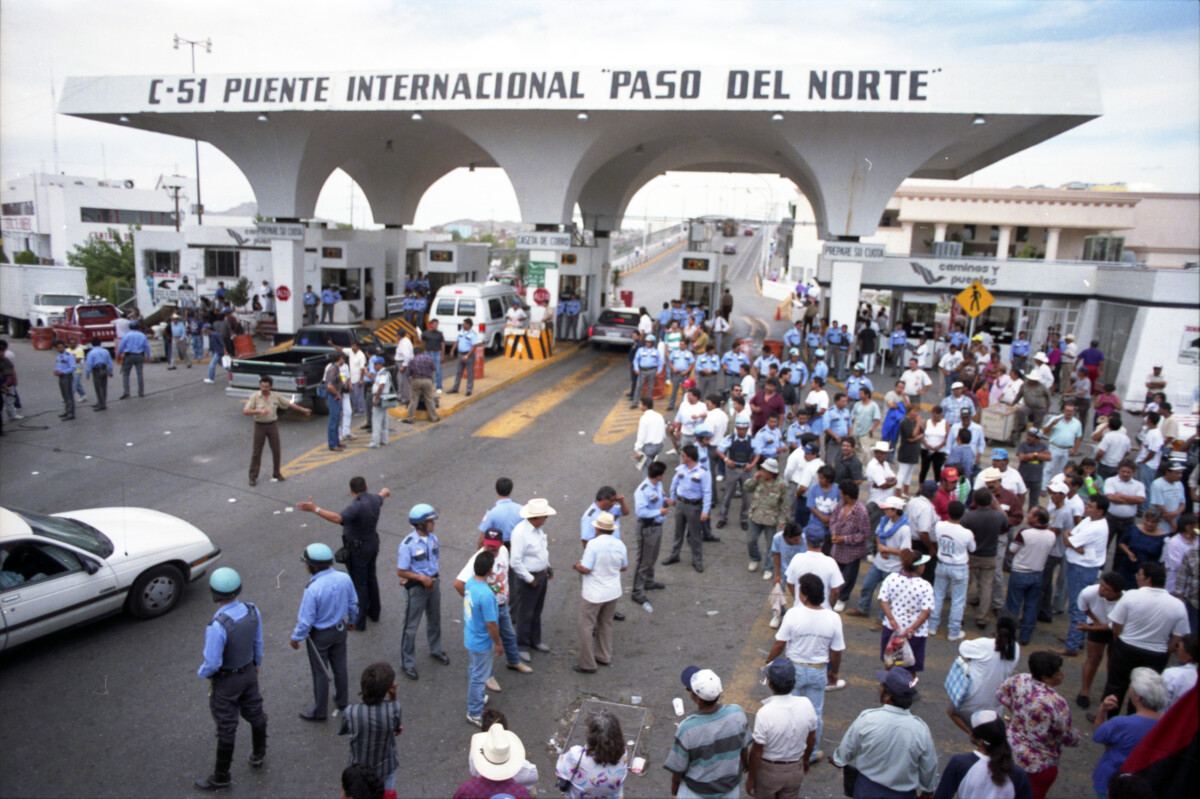
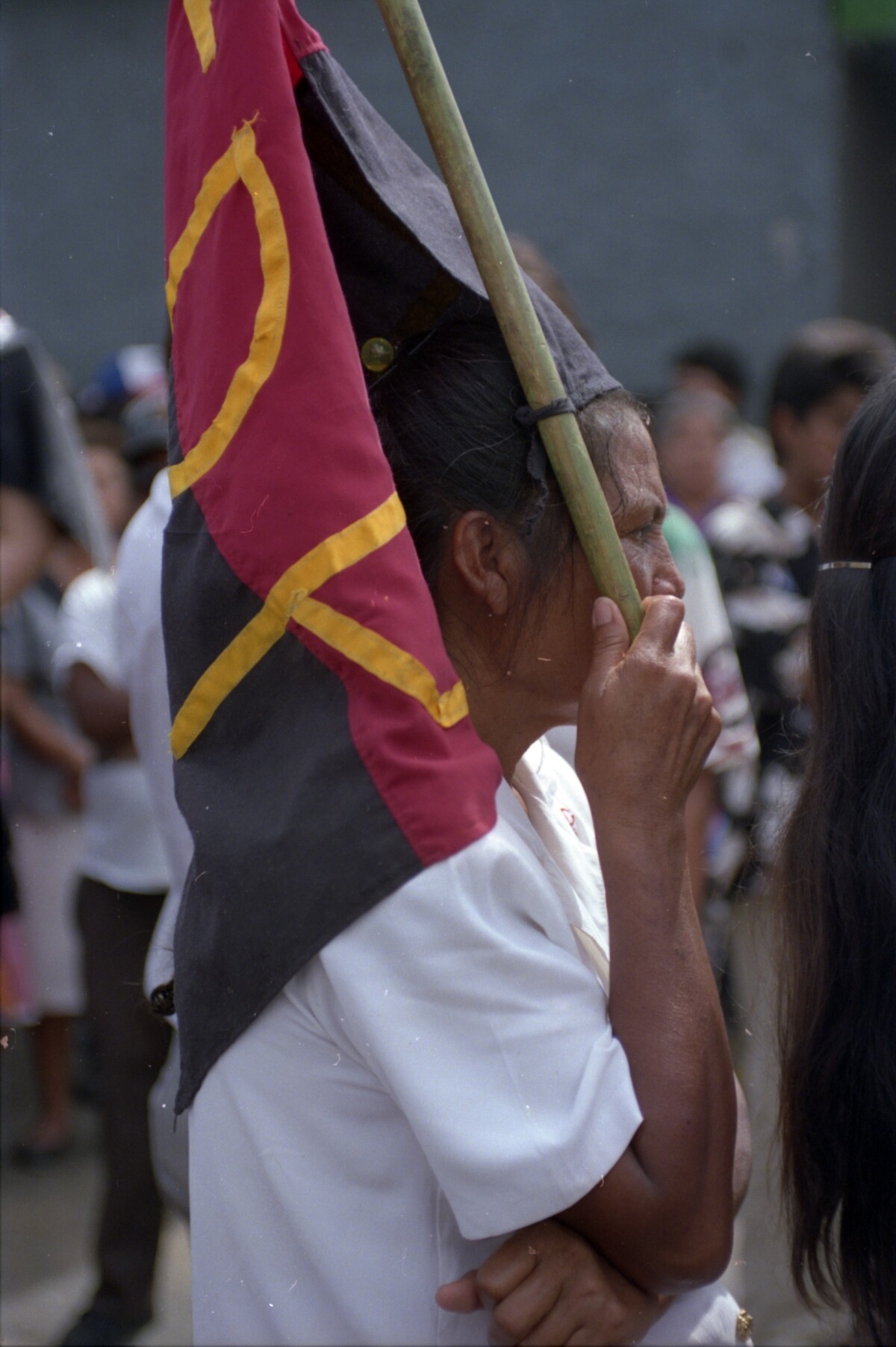

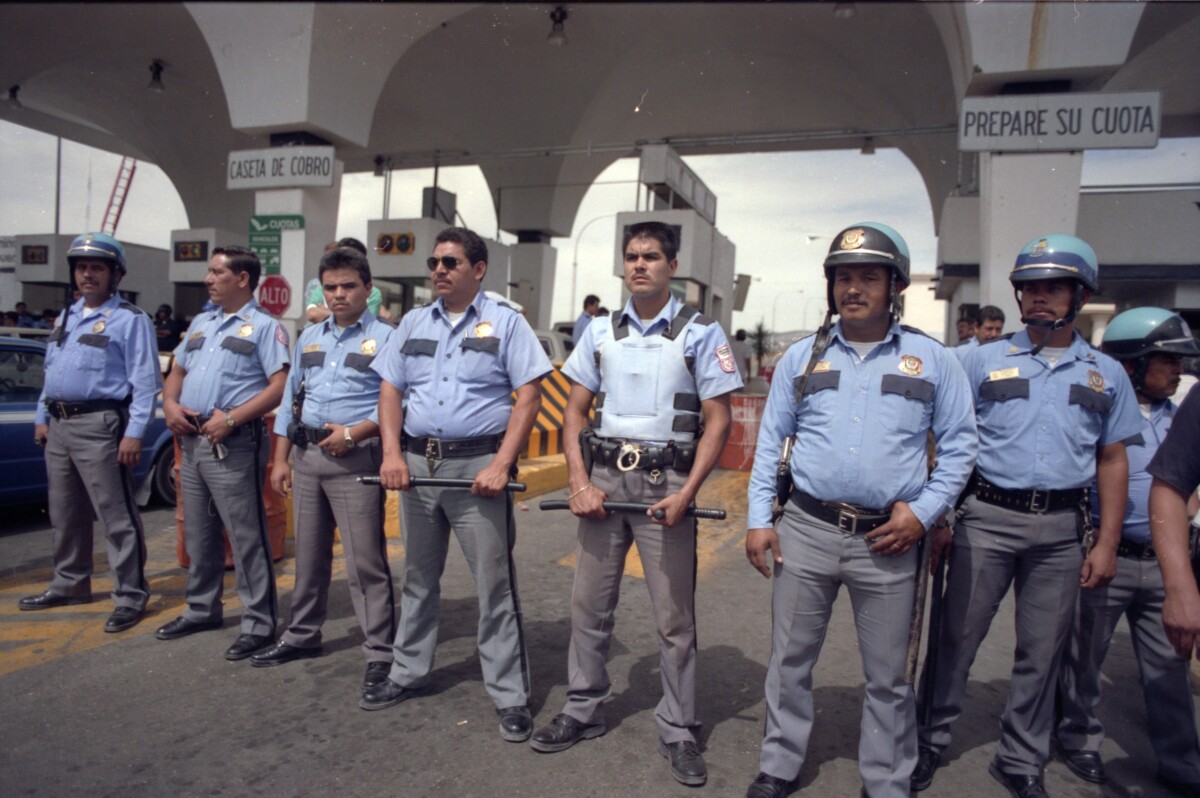
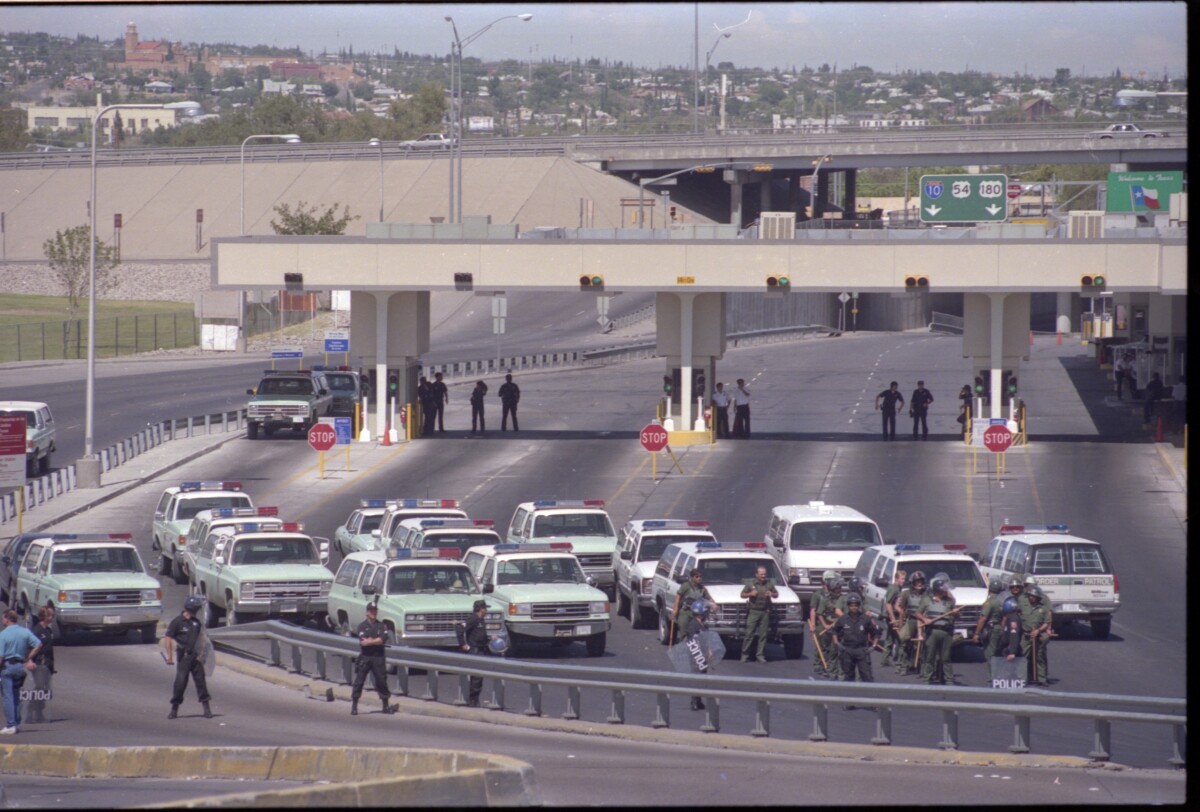

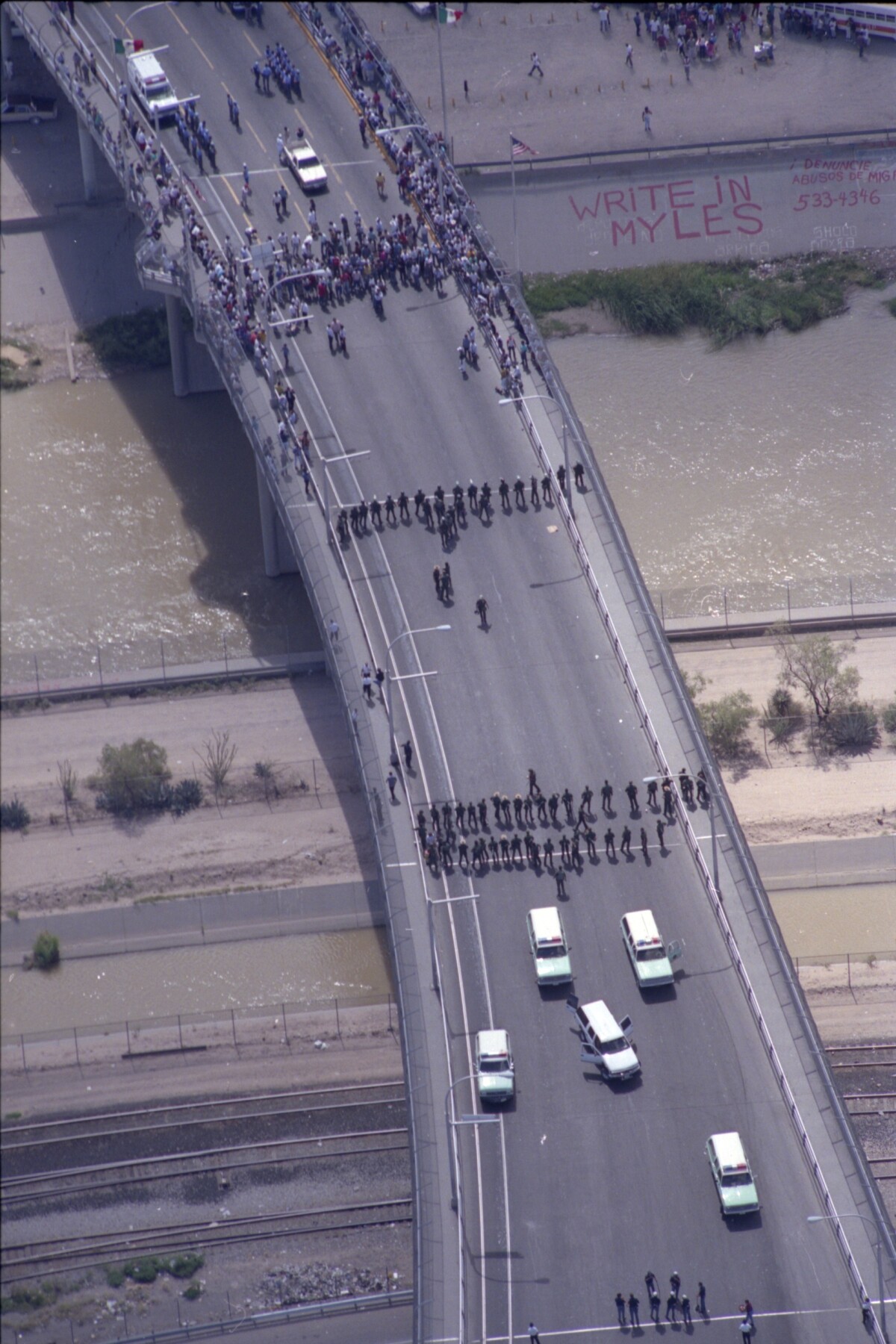
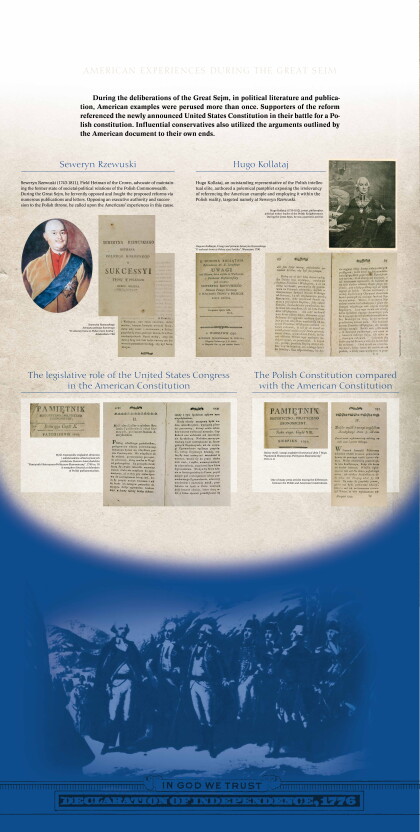
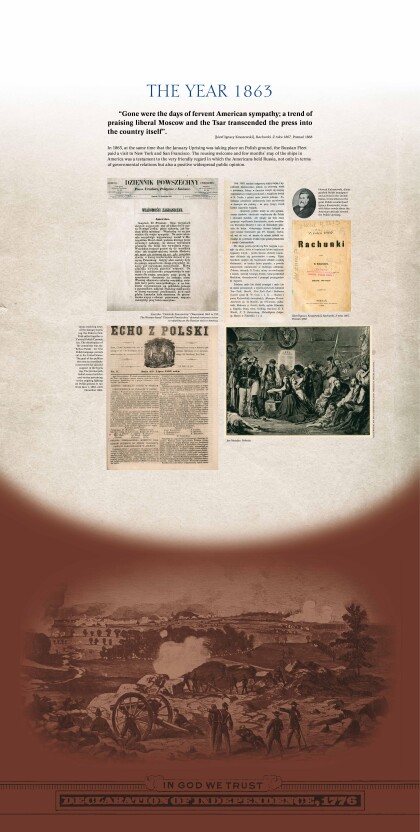
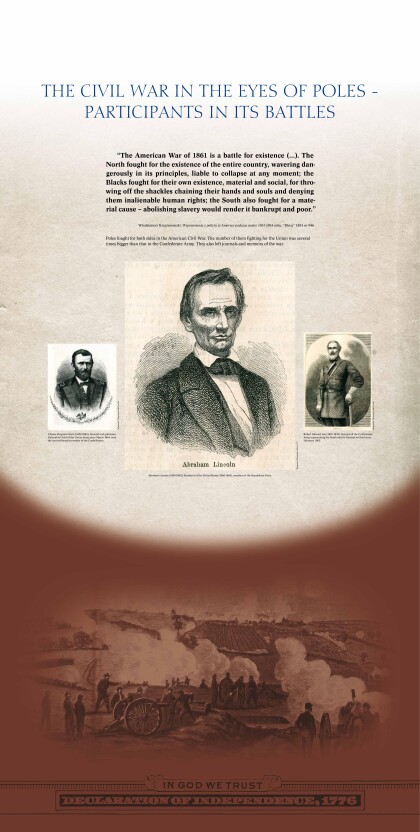
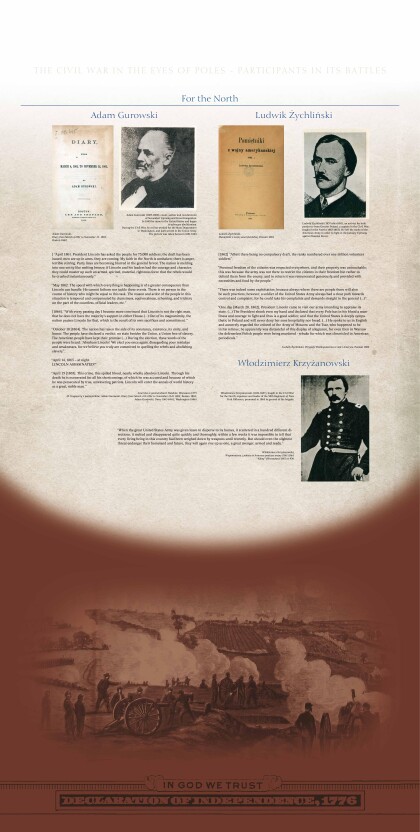
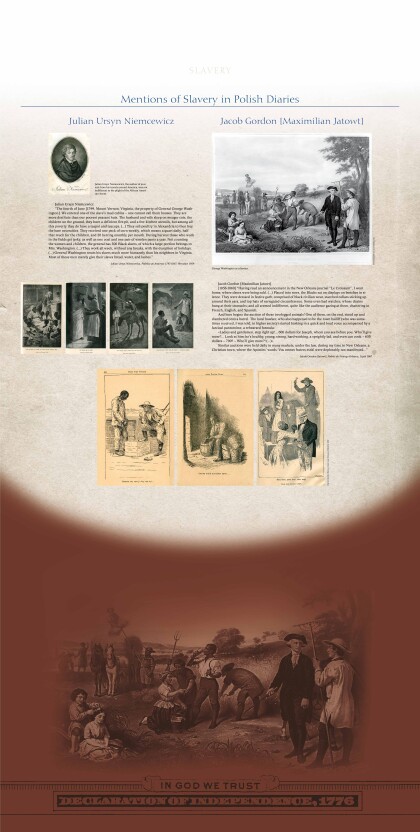
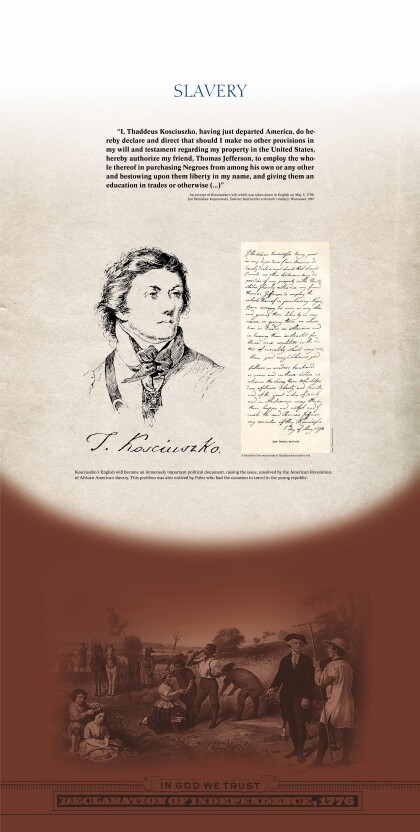



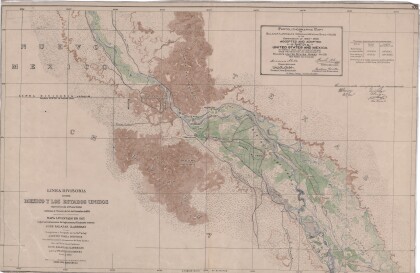
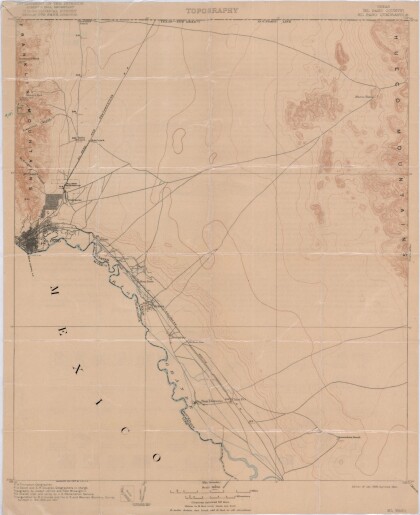


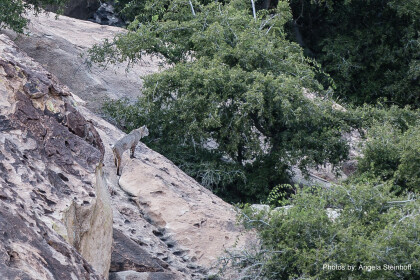
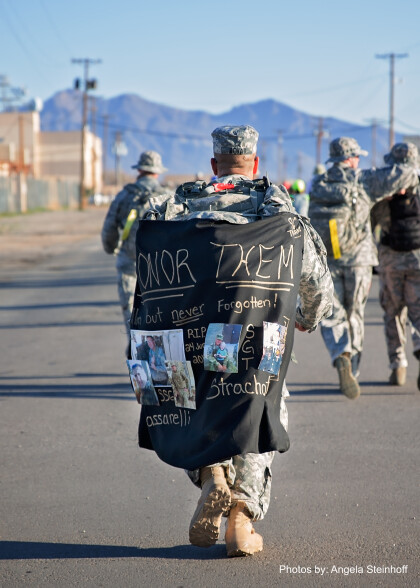


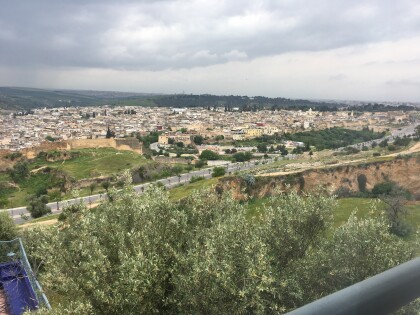
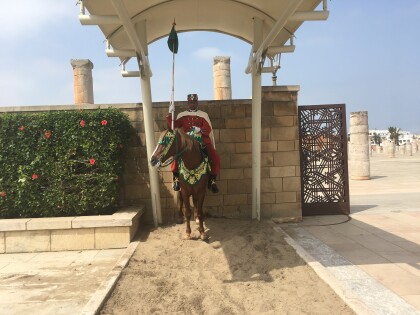
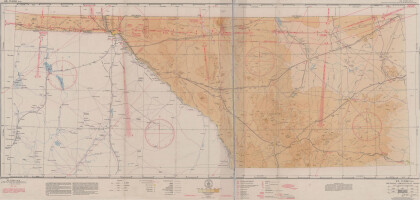
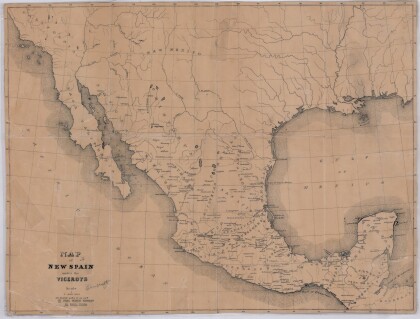
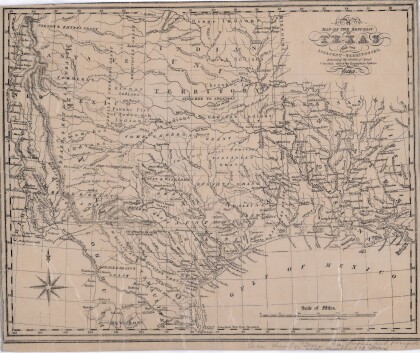

Comments
Add a comment